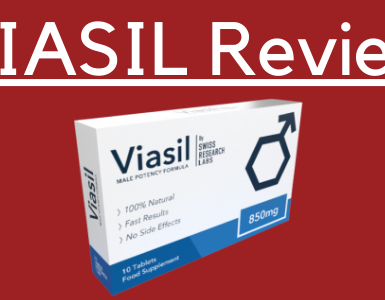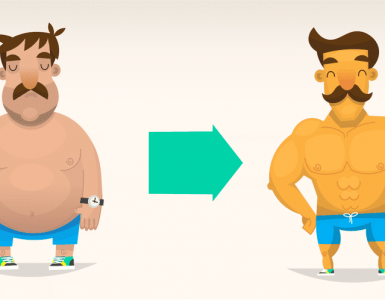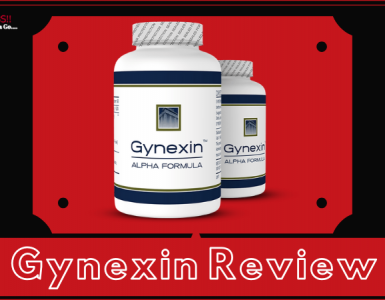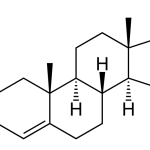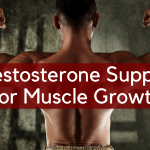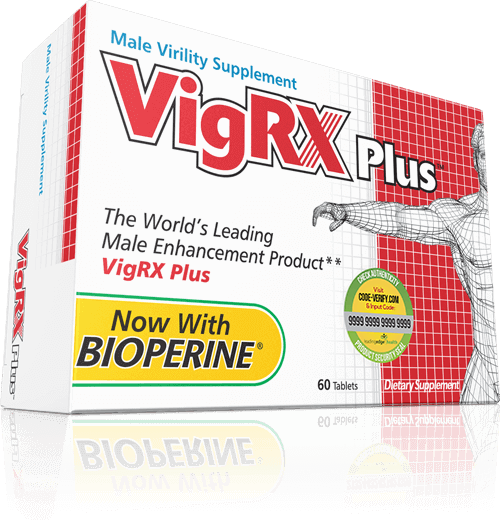Various studies have shown that the impact of running on testosterone levels can vary. Some research suggests that running can increase testosterone levels while others indicate the effect. To get an understanding it’s important to consider factors, like the intensity and duration of the running activity. Overtraining can lower testosterone levels like sleep or calorie intake can. However there are factors to take into account.
It’s crucial to note the difference between total testosterone. Free Testosterone refers to the amount that the body can use, excluding what’s needed to balance hormones. On the hand Total Testosterone represents the level.
Several studies have found a decrease in testosterone levels after running or similar exercises. Also noticed that free testosterone remains relatively stable. This suggests that cortisol, a stress hormone may counterbalance the effects on hormones, including testosterone.
Table of Contents
Does Running Boost Testosterone?
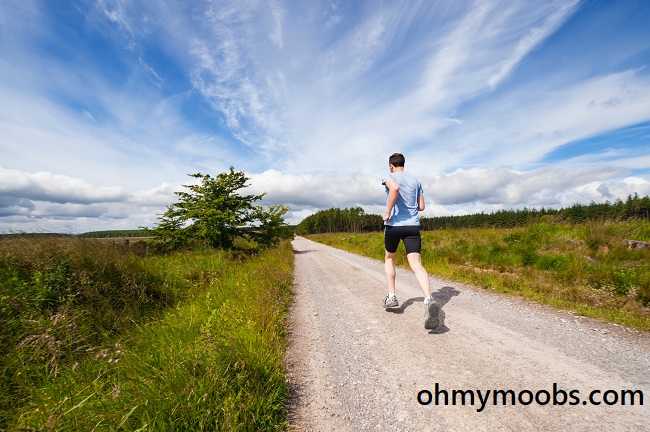
Furthermore substantial evidence indicates that exercise induced fluctuations in testosterone are temporary for trained and healthy individuals as their bodies adapt accordingly. These increases in testosterone seem to be more noticeable, in men who regularly engage in training or running activities.
It’s important to note that the immediate benefits of taking testosterone may not be relevant, for people who’re overweight. Interestingly engaging in exercise specifically endurance running, can temporarily lower testosterone levels in this group. However weight loss, which can be achieved through exercise has been shown to increase testosterone levels in the term. This distinction is significant when reviewing studies on running and testosterone since many of these studies focused on men.
Unfortunately there isn’t an answer to this question. To put it simply running can indeed temporarily raise testosterone levels. Immediately after completing a high intensity workout for a short period of time. On the hand prolonged running has been found to decrease testosterone levels. Various factors influence the increase in testosterone, such as weight and age which have an impact. Additionally men who regularly engage in training sessions experience the spikes in testosterone; however these increases are also short lived and last Than an hour after exercising.
Regrettably the connection between exercise and testosterone specifically related to running is not as simple as it initially appears. There are factors involved that make it more complex, than thought. The relationship, between intensity running exercises and testosterone levels has been explored in research. Studies have shown that engaging in activities like sprinting or interval training can have an impact on testosterone levels. For example a study conducted with handball players who performed four 250 meter sprints at 80% of their speed with rest intervals in between demonstrated an increase in testosterone levels. This type of workout called High Intensity Interval Training (HIIT) creates a state to weightlifting, which can promote muscle growth and potentially enhance testosterone production.
Further research has also shown that endurance exercises performed at intensities, such as running at near maximum levels can result in significant post exercise increases in testosterone levels. In a study conducted by Galbo et al. healthy men experienced about a 31% rise in testosterone levels after 40 minutes of treadmill running.
These findings apply not to individuals but also to trained athletes who need to reach specific duration or intensity thresholds to observe an increase, in testosterone levels. For example a study conducted by Kraemer et al. (year) found that trained runners showed an increase, in testosterone levels after running for 5 minutes at 90% of their maximum oxygen uptake (VO2max). This indicates that both the intensity and duration of endurance exercise are factors in triggering a testosterone response.
Weight Exercise and Testosterone
Research suggests that the impact of exercise on testosterone levels may be different for obese individuals compared to those who’re lean. In a study by Rubin et al. (year) it was observed that both lean and obese individuals experienced an increase in testosterone levels after engaging in resistance exercise. The rise was less significant in men. This could be due to factors such as body fat, inflammation and impaired blood vessel dilation in the testes, which might contribute to the altered response seen in overweight and obese individuals.
Endurance Running and Testosterone
On the hand participating in long duration endurance running sessions at a pace may lead to a slight decrease, in testosterone levels. Prolonged endurance workouts can trigger an elevation of cortisol. A hormone released during times of stress. Elevated cortisol levels have been associated with production of testosterone. Therefore it is essential for endurance athletes to carefully monitor their testosterone levels and prioritize rest and recovery to maintain a hormonal balance.
How long does testosterone stay elevated, after running?
The duration of increased testosterone levels after running is an aspect to consider. Multiple studies have indicated that the initial surge in testosterone levels post exercise is not sustained for a period.
For example Manesh et al. (year) conducted a study revealing that the rise in testosterone levels following endurance exercise did not persist beyond the 20 minute mark during the recovery phase. Similarly Daly et al. (year) observed a decline in testosterone levels 90 minutes after completing an endurance run despite an increase right after exercise. These findings suggest that the short term elevation of testosterone may only be temporary and fleeting.
That sense of accomplishment felt after completing a workout could be partially attributed to an increase in testosterone levels.
Enhancing Testosterone Levels through Running
Although the relationship, between running and testosterone levels is intricate there are strategies you can utilize to maximize your body’s production of this hormone while incorporating running into your fitness routine.
Incorporate High Intensity Interval Training (HIIT)
To stimulate testosterone production include high intensity interval training as part of your running regimen. This strategy involves alternating between bursts of effort and periods of rest or lower intensity. For instance you can try doing 30 second sprints at your capacity followed by a 1 minute recovery period. Repeat this cycle for rounds. High intensity interval training (HIIT) not increases testosterone levels. Also improves cardiovascular fitness and calorie burning. This effect has been observed in men who’re not physically active.
Include Strength Training
In addition, to running incorporating strength training exercises can further boost testosterone production. Exercises like weightlifting or bodyweight workouts stimulate muscle growth. Can lead to increased testosterone levels. Focus on compound exercises that target muscle groups, such as squats, deadlifts and bench presses. Research indicates that immediate post exercise resistance training can cause a rise in testosterone levels. For example a study conducted by Wheeler et al. (year) discovered that men who performed resistance exercises experienced an increase in testosterone levels after the workout session. The magnitude of this increase may depend on factors such, as the amount of muscle involved and the intensity of the exercise itself. Generally speaking exercises involving muscle groups and higher intensities tend to elicit testosterone responses.
Give Importance to Rest and Recovery
To maintain levels of testosterone it is crucial to prioritize rest and recovery periods. Excessive exercise and overtraining can result in increased cortisol levels and a decline, in testosterone production. It’s important to incorporate rest days into your training schedule and listen to your body’s cues for recovery. Additionally focusing on quality sleep managing stress through techniques like mindfulness and deep breathing and maintaining a balanced diet are all crucial for balance and overall well being.
Prioritize a Healthy Lifestyle
While running can contribute to testosterone production it’s essential to support your health by adopting a lifestyle. This includes consuming a diet that incorporates foods in vital nutrients such as protein, healthy fats, vitamins and minerals. Staying properly hydrated is also key for hormone function. It’s advisable to limit alcohol consumption and prioritize stress management techniques to keep levels under control.
The Potential Benefits of Running on Testosterone
Although studies indicate that running might not directly increase testosterone levels in men there are ways in which running can still positively affect testosterone production and overall hormonal balance.
Weight Loss and Body Composition. Running is an exercise that burns calories effectively leading to weight loss and improved body composition. Excess body fat is associated with testosterone levels, in men since fat cells have the ability to convert testosterone into estrogen. By engaging in running and reducing body fat men may potentially experience an increase, in testosterone levels.
One of the benefits of running is that it can help reduce stress and lower cortisol levels. Prolonged stress and elevated cortisol can negatively impact testosterone production. Running, like any form of exercise can help manage stress and promote the release of endorphins, which are often referred to as “feel good” hormones. By managing stress and cortisol levels running indirectly supports the production of testosterone.
Running and regular exercise contribute to health and well being. It improves health enhances insulin sensitivity and reduces the risk of conditions such as obesity, diabetes and heart disease. Optimal health and physical fitness are often linked to hormone levels, including testosterone.
The relationship between running and testosterone levels is complex. Influenced by factors such as intensity, duration and individual physiology. Engaging in high intensity running activities like sprints or high intensity interval training (HIIT) can temporarily elevate testosterone levels. On the hand prolonged endurance running may lead to a decrease in testosterone due to an increase in cortisol production.
Does Running Boost Testosterone
In conclusion; Running offers benefits for testosterone levels; however the specific effects depend on factors, like the type of running activity performed. However it’s important to keep in mind that any long term improvements, in testosterone levels are likely to be connected with changes, in body composition.
Related Posts:
Ginseng for testosterone
tribulus testosterone
prime male review


